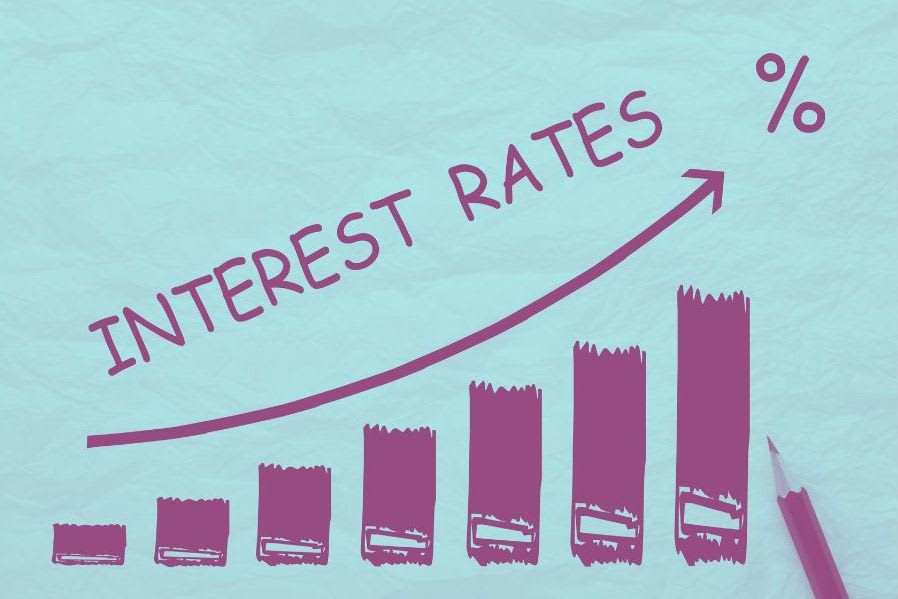For several years now, real estate markets across the country including Chicago have faced a significant problem for those wanting to buy or sell a home: Low Inventory.
A host of issues have converged to cause the low-inventory problem in the first place. And while it certainly offers challenges to both buyers and sellers here in Chicago, it doesn’t mean the market has halted – it’s just changed.
If you know how to operate under the new rules of the low-inventory housing market – and are willing to be a little more flexible with HOW you buy and sell a home in this changed market – you can still score a great property or sell the one you have and find your new dream home.
Matt Shrake has repeatedly solved this seemingly insurmountable problem for his clients, and here are a few of his tips.
What’s Caused the Low Inventory?
First, this is a nationwide problem. As of this summer, only 7 of the country’s top 200 housing markets had returned its housing supply to pre-pandemic levels, according to Fortune. The market is approximately 46% below historical levels dating back to 1999, according to Forbes.
Second, the nation’s low housing inventory owes a lot to the fallout from the global COVID pandemic. But it’s important to understand the finer details of what’s causing the low-inventory nationwide and in Chicago because it informs good solutions.
First, there are five primary causes:
1) High Interest Rates
2) Low Construction Activity
3) Inflation
4) Supply Chain Problems
5) Institutional Investors
Interest Rates
When the U.S. Federal Reserve began raising interest rates to combat the overheated post-pandemic economy, it set off problems for both buyers and sellers. It makes selling a home less attractive because many homeowners have low interest rates on their existing homes and don’t want to switch to a higher interest rate that might force them to get less for their money.
Low Construction Activity
Additionally, the pandemic itself and market uncertainty due to the pandemic caused a serious slowdown in housing construction, which further reduced the availability of housing beyond the buyers sitting on the sidelines due to rising interest rates. And not only are there fewer new homes available, but the ones that are available tend to sell for more because of it.
Inflation
Inflation – the reason for the higher interest rates – has made it more expensive to build. Labor costs have gone up. Materials costs have gone up. Consequently, fewer housing projects pencil out for builders. And those that do, once again, cost more.
Supply Chain
Similarly, the pandemic caused supply chain issues due to transportation problems and diminished production, causing backlogs that made materials more scarce – and again more expensive.
Institutional Investors
Finally, one problem that has harmed the housing inventory – institutional investors in the residential resale market – existed before the pandemic. But it was exacerbated by it. As groups of investors buy up properties for profit, the choices and terms available for regular buyers are reduced.
But in any market – including this low inventory environment – there are opportunities available for those that understand how to spot them and how to seize them.
And when interest rates and inventory improve – the opportunities will be even harder to come by.
Said Shrake: “When interest rates come down, there will probably be even less inventory because everybody will start making a move, and inventory in our market is already low.”
How to Overcome Low Inventory as a Buyer
As a buyer, the primary way to overcome low inventory: Patience.
First, you need to be prepared psychologically to move swiftly and purposefully on the right property when it comes along. Getting to that point can take time. Matt Shrake always advises that you start looking at properties much earlier than you might have in the past or that you might want to.
And a lot of other Realtors may say otherwise. Don’t be fooled. Many Realtors don’t want to invest enough time or energy into a client who needs to spend time considering and viewing enough property to fully understand what to cling to and what to let go of.
“We should be out looking so that you understand the market,” Shrake says. “The worst thing in the world is to find the one you really want on the first day we go out looking, but not understand it was THE ONE. Getting familiar with the market in general and all of Chicago's micro markets takes time, good communication, and teamwork. Buyers should plan to make full use of my decades of professional and practical knowledge of our market.”
Lastly, after decades in the market, Matt has accumulated a great reputation and network of resources to help him scout out extra inventory before it comes to the market. Matt’s buyers take advantage of Matt’s tireless efforts to uncover the perfect opportunity for them even before it becomes available to the public.
How to Overcome Low Inventory as a Seller
There are two main issues causing our low inventory problem for sellers:
-
High interest rates
-
Ability to find a replacement home
Facing High Interest Rates
The high interest rates are unavoidable right now. “If the negative impact that high interest rates have on your purchasing power is a serious concern, it might not be the right time to sell for you. There’s no magic wand to waive these away.” Shrake says.
But also, it’s important to realize that a house is a long-term investment and the immediate structure of a mortgage can be temporary. “There’s an old mortgage broker saying that you marry the house but you date the interest rate,” Shrake says, “everybody refinances.” There is a daily opportunity cost of not acting due to higher interest rates.
Finding a Replacement Property
But if you’re willing – or need – to sell your property. Shrake advises considering one critical step: Selling your home BEFORE you find your next one.
Why? It solves two critical problems with selling your home in this market.
First, it allows you to aggressively market and sell your home without the need to find a replacement property. If you don’t need to find a replacement during the sales process, it reduces the pressure to navigate contingencies that can sometimes impact your sale or even your sale price.
Second, if you sell before you buy, you suddenly become a very powerful buyer. With cash in hand you can move fast when you find the property you want. You become the more attractive buyer to sellers who are often faced with multiple offers. And a cash buyer can even sometimes get a better deal.
To do this properly, you may have to rent for a while between the sale and the purchase. But even this can have its advantages, such as socking away even more money, or trying out an area you may be moving to.
What’s Inventory Like in Chicago?
While housing inventory is a nationwide problem, and it’s a significant problem in Chicago, it’s not as terrible as in some other places.
Housing inventory was down 18 percent last year in Chicago. But that’s not nearly as bad as the 26 percent decline in San Diego or the 23 percent declines in both Milwaukee and Cincinnati, according to one report.
And new construction permits for single-family homes in the Chicago metro area were classified as a “housing shortage” but not the more severe “high housing shortage” found elsewhere, according to another July NAR report.
To stay on top of the changing market, Matt constantly monitors available properties, days on market, and even provides subscribers to his newsletter with neighborhood inventory data.
Since this data only tells part of the story, Matt’s clients lean into his knowledge base because he understands how it all breaks down into micro market data as it pertains to each client’s real estate goals. Within each community, there are many subsets of data, such as the nuances of the multiple parochial, private, and public school options, parks, public transportation, etc. These details affect homeowners’ day-to-day lifestyle, and largely will affect their overall happiness. Consequently, these details heavily affect each property’s desirability and pricing,
Matt's buyer and seller clients take advantage of knowing the numbers, Matt’s supreme experience and his connections help them in this low inventory environment.
Get Help from Matt Shrake
For help with these or other strategies to overcome the low-inventory problem in the housing market in Chicago, contact Matt Shrake. He’s a 2023 Real Trends Award Winner as one of the Top 1.5 Percent of Real Estate Agents Nationwide and Certified Luxury Home Marketing Specialist. In 2022, Matt earned Coldwell Banker’s International President’s Elite, reserved for the top 5% of all their real estate brokers globally.
You can contact him at [email protected] or 773-294-2667.
For more tips like this, and for additional information about Chicago real estate, sign up for his newsletter: SUBSCRIBE








